International Protection for Children
Researcher Thuraya Hesham Fakher.
A lecturer at Al Safwa University College in International Law.
Summary:
The international community’s interest in children has increased, not only in normal circumstances, such as caring for the child’s right to citizenship, social care, health, education and culture, the interest has extended to child protection in exceptional circumstances, especially in times of armed conflicts, wars of ethnic genocide or sectarian civil wars, and the recruitment of children in armed conflicts. As a result of the scourge caused by wars and the protection of humankind, states and governments are no longer solely responsible for children’s issues, as we find that the international community has become obligated to adopt agreements that protect children’s rights and to find a mechanism to ensure the activation of those texts contained in the agreements. Among the most prominent of these texts is what was stated in the Statute of the International Criminal Court that the participation of children in military activities and actions is described as a war crime, whether in international or non-international conflicts. The Twenty-sixth International Conference of the Red Cross and Red Crescent, held in December 1995, affirmed the non-participation of children under the age of eighteen years in hostilities. We cannot fail to mention the International Labor Organization, which has a role in this regard, as it adopted in its Conventions No. 182 the prohibition of the worst forms of child labor and the forced recruitment of children for use in armed conflicts. The 1998 Convention on the Rights of the Child also contained provisions that covered the child with protection and recognized a large number of rights for him. The international community has strengthened its protection of children by issuing two protocols, the first on the issue of the involvement of children in armed conflict and the second on the issue of the sale of children, child prostitution and their use in performances and pornography.
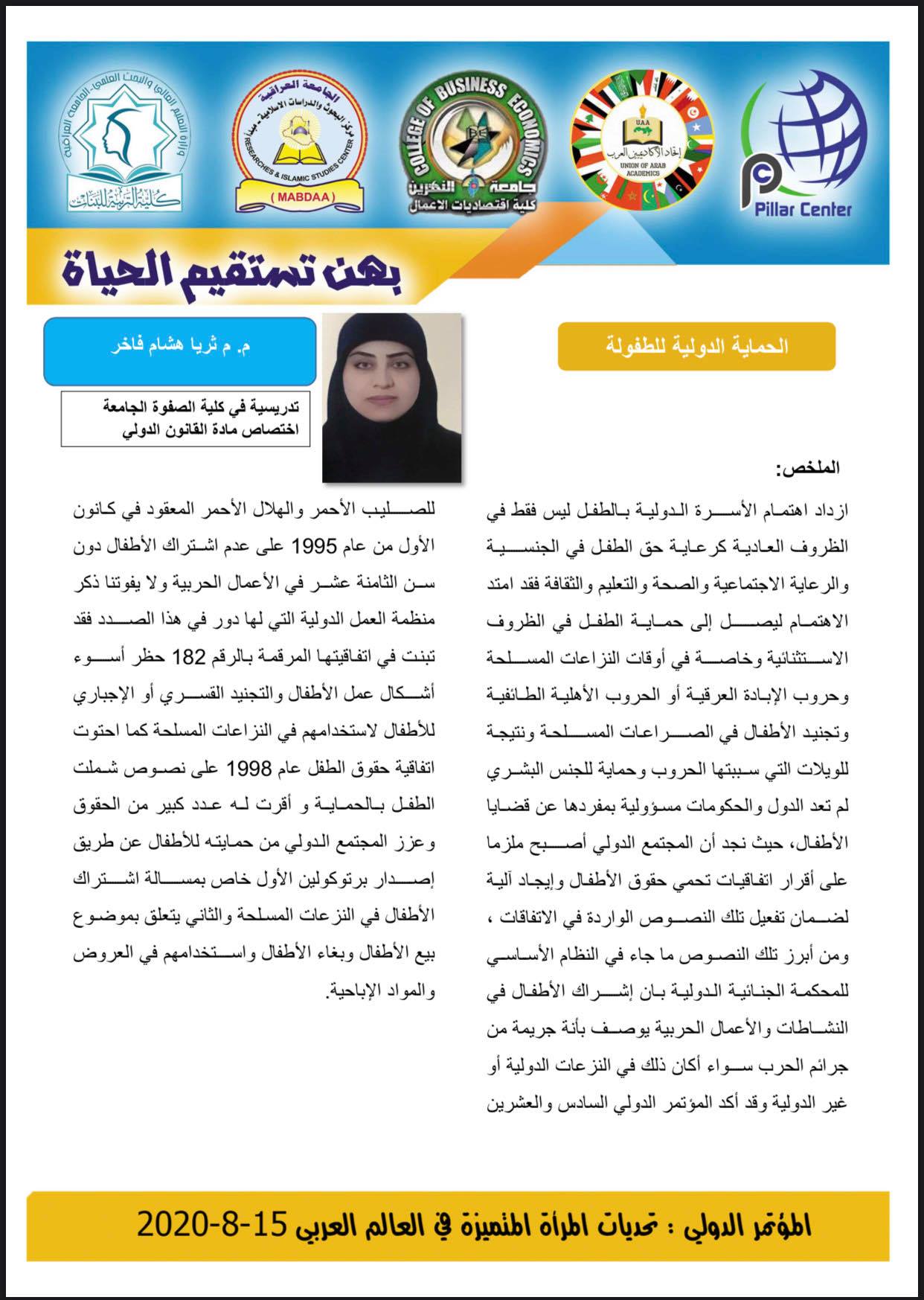

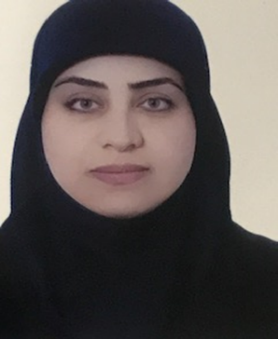
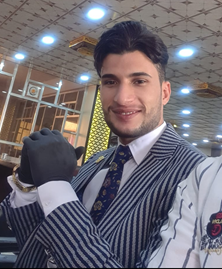

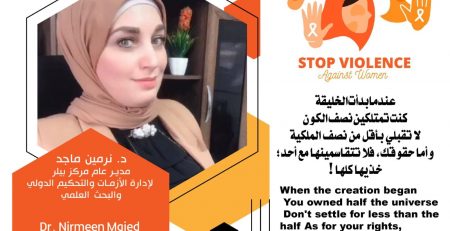
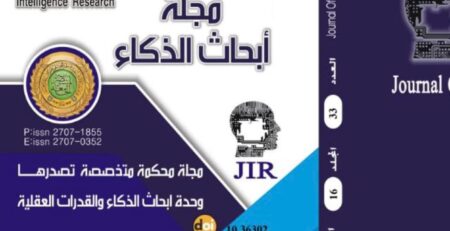


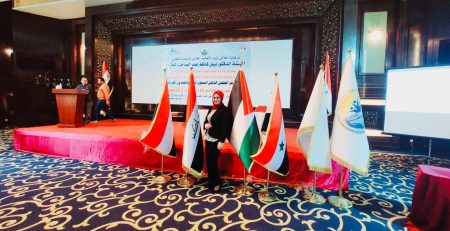
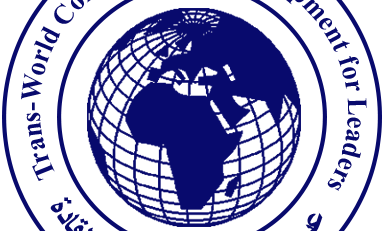
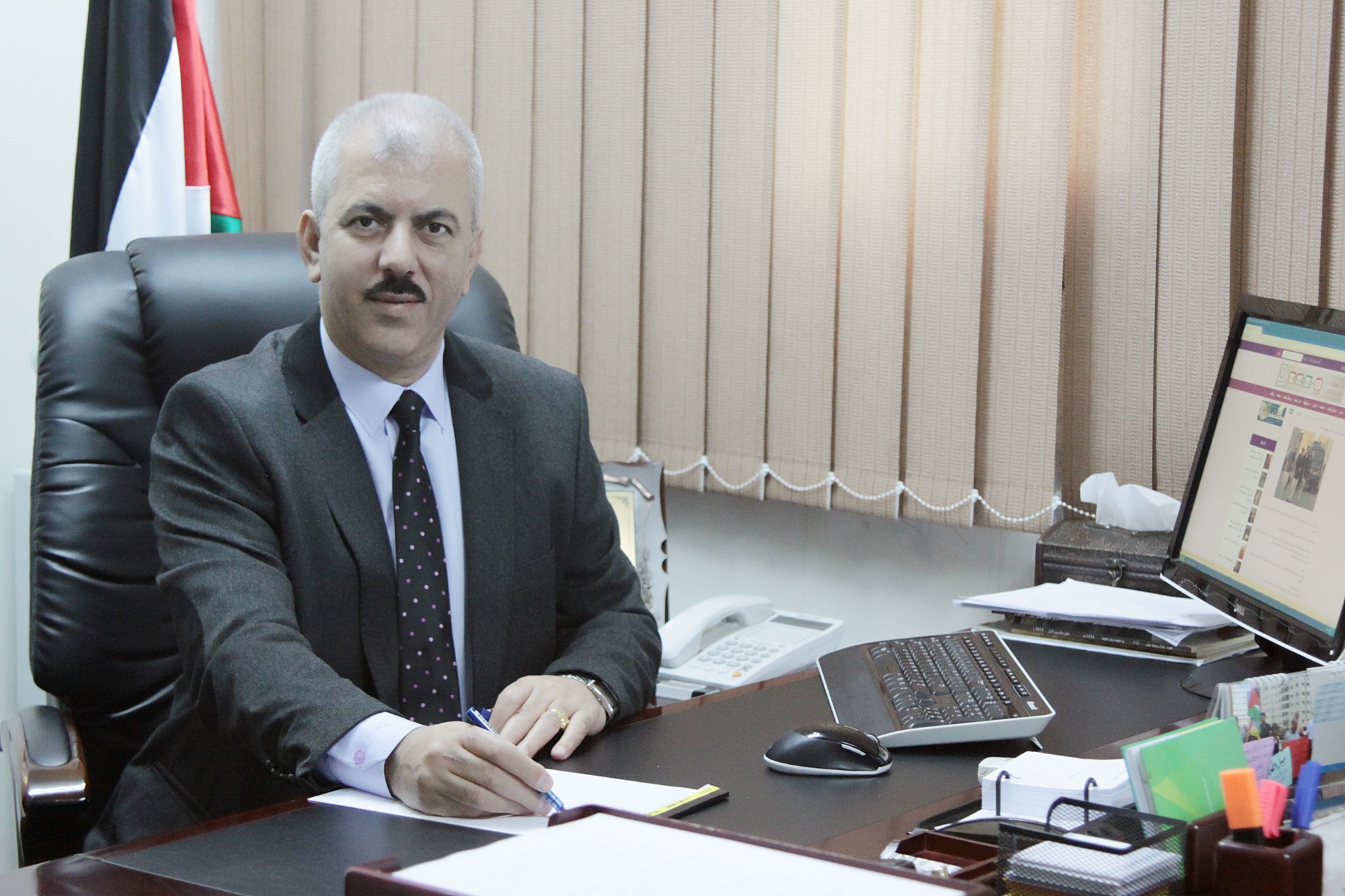
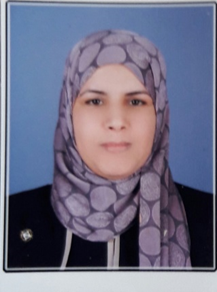
Leave a Reply